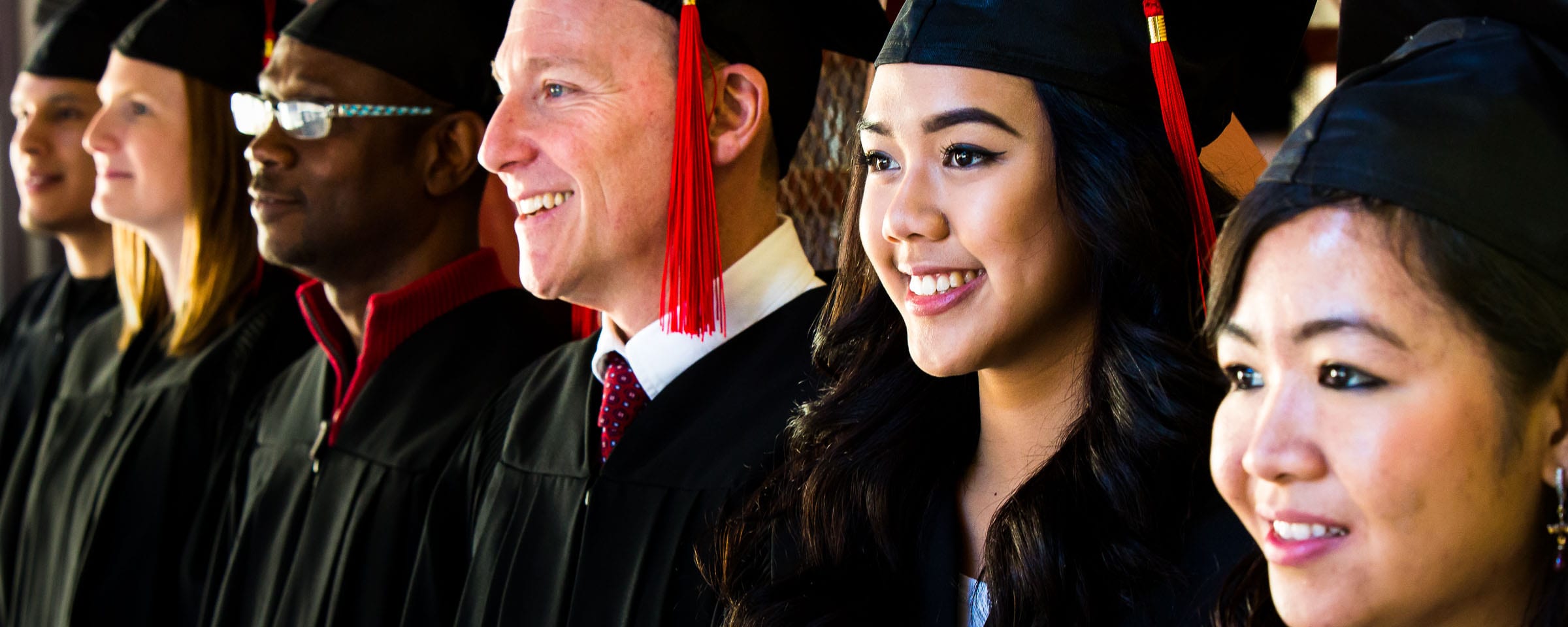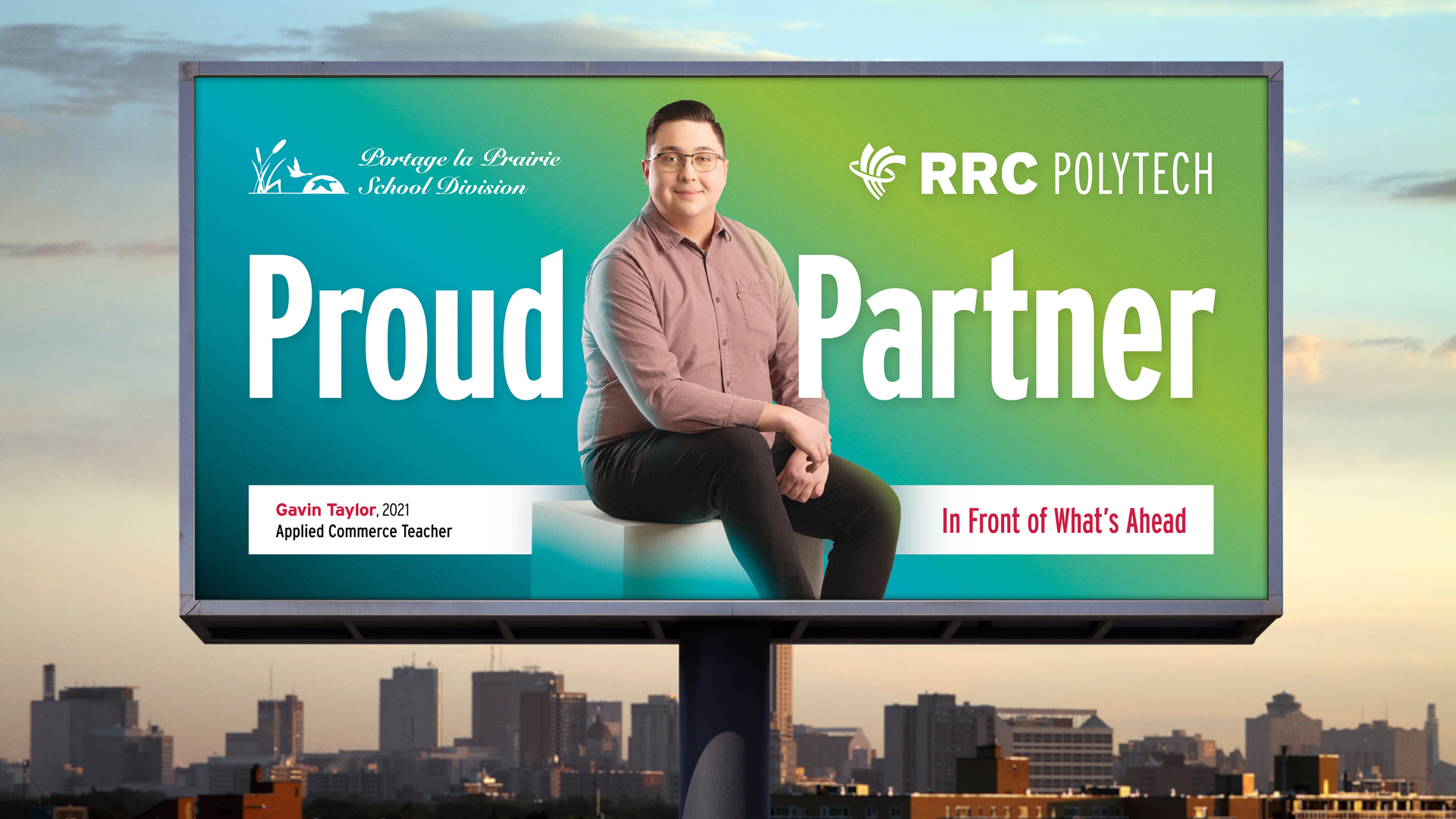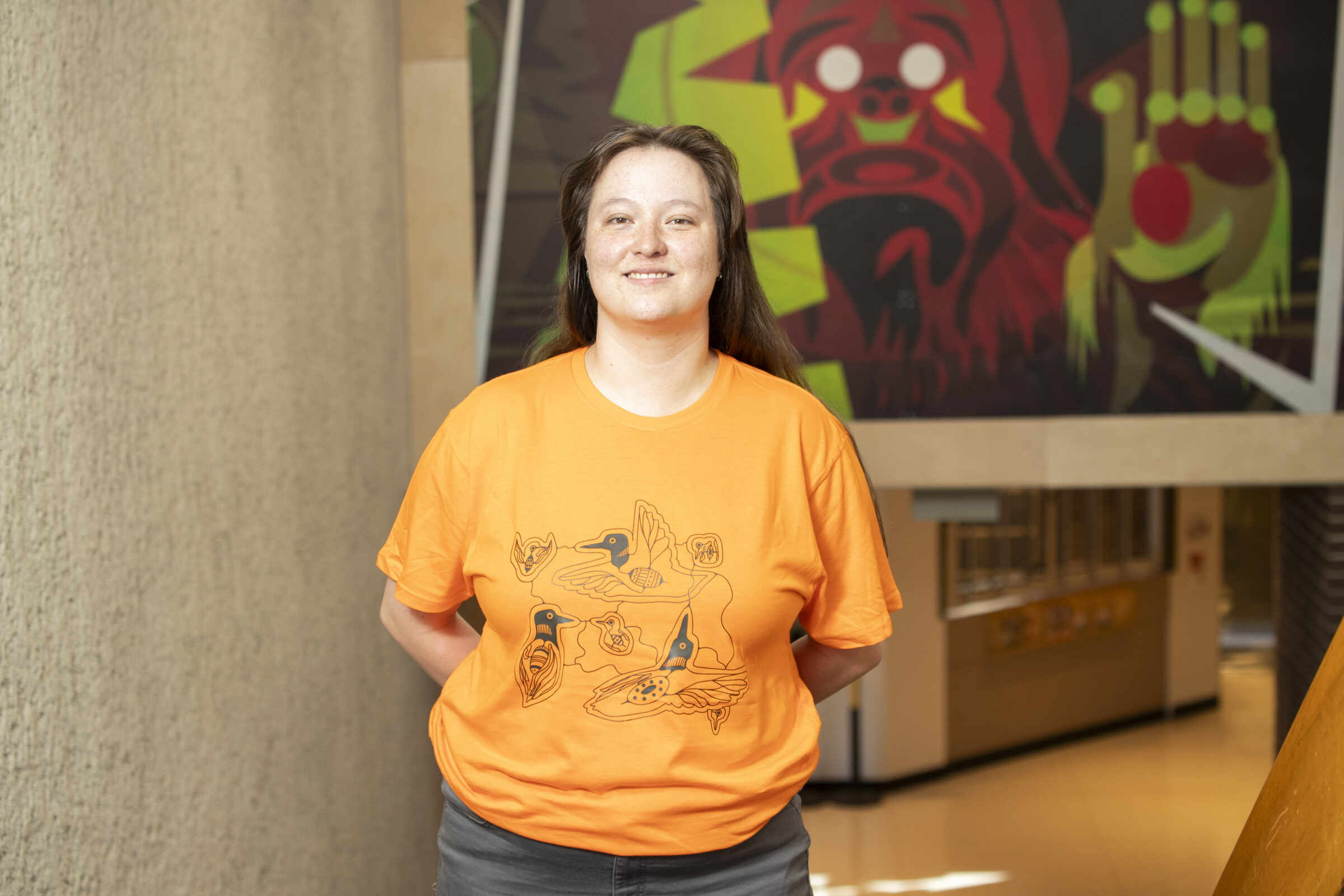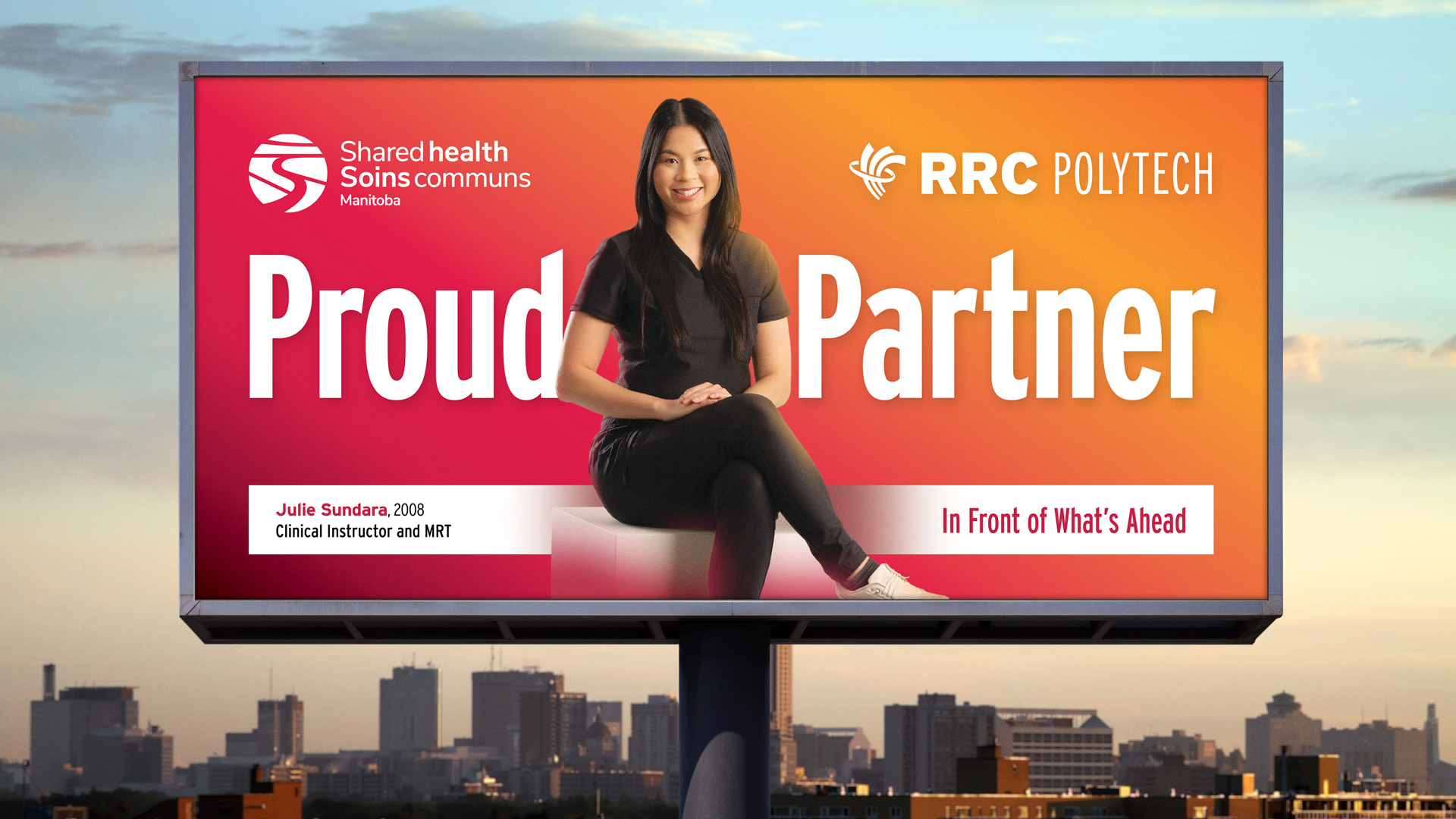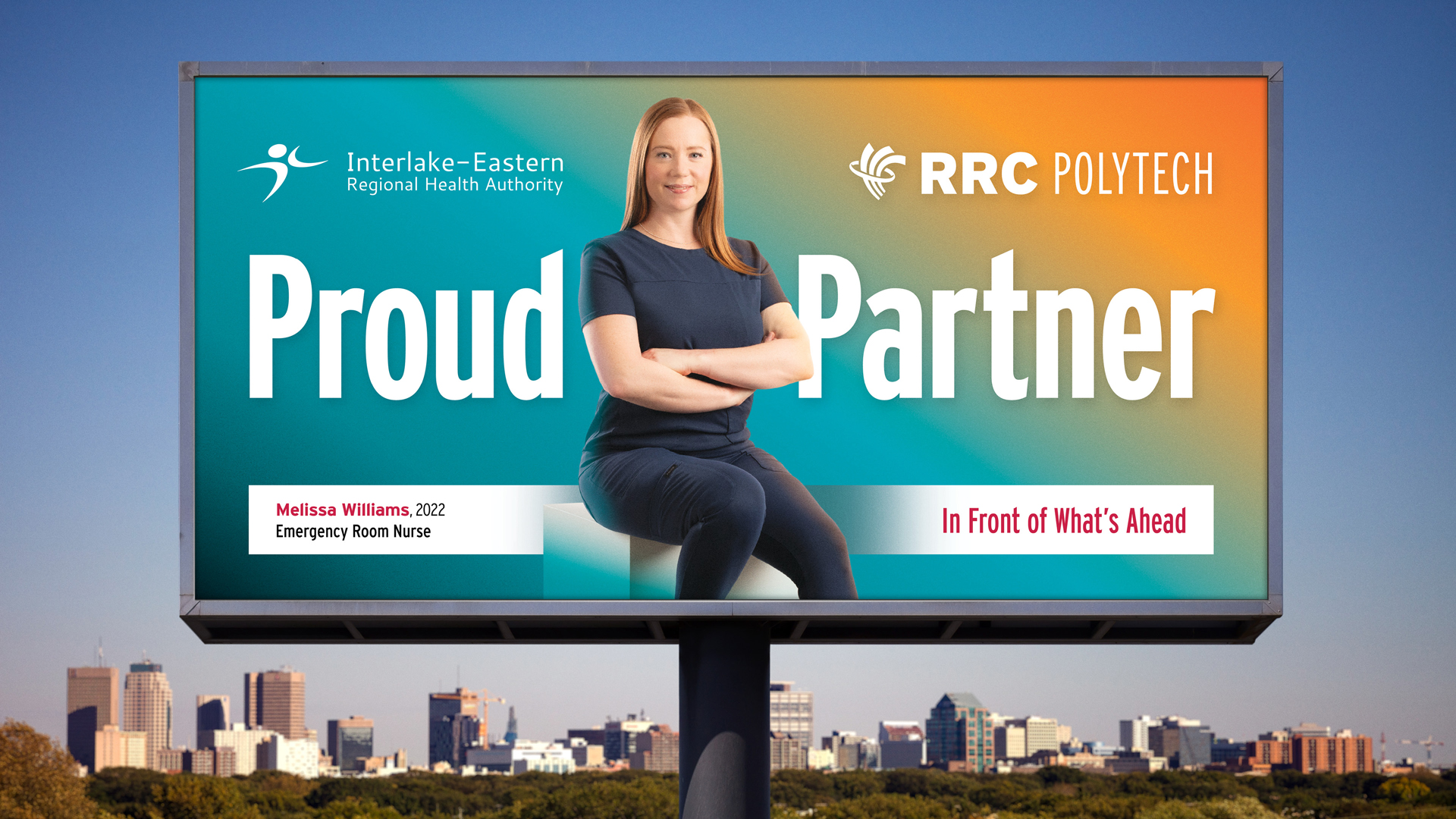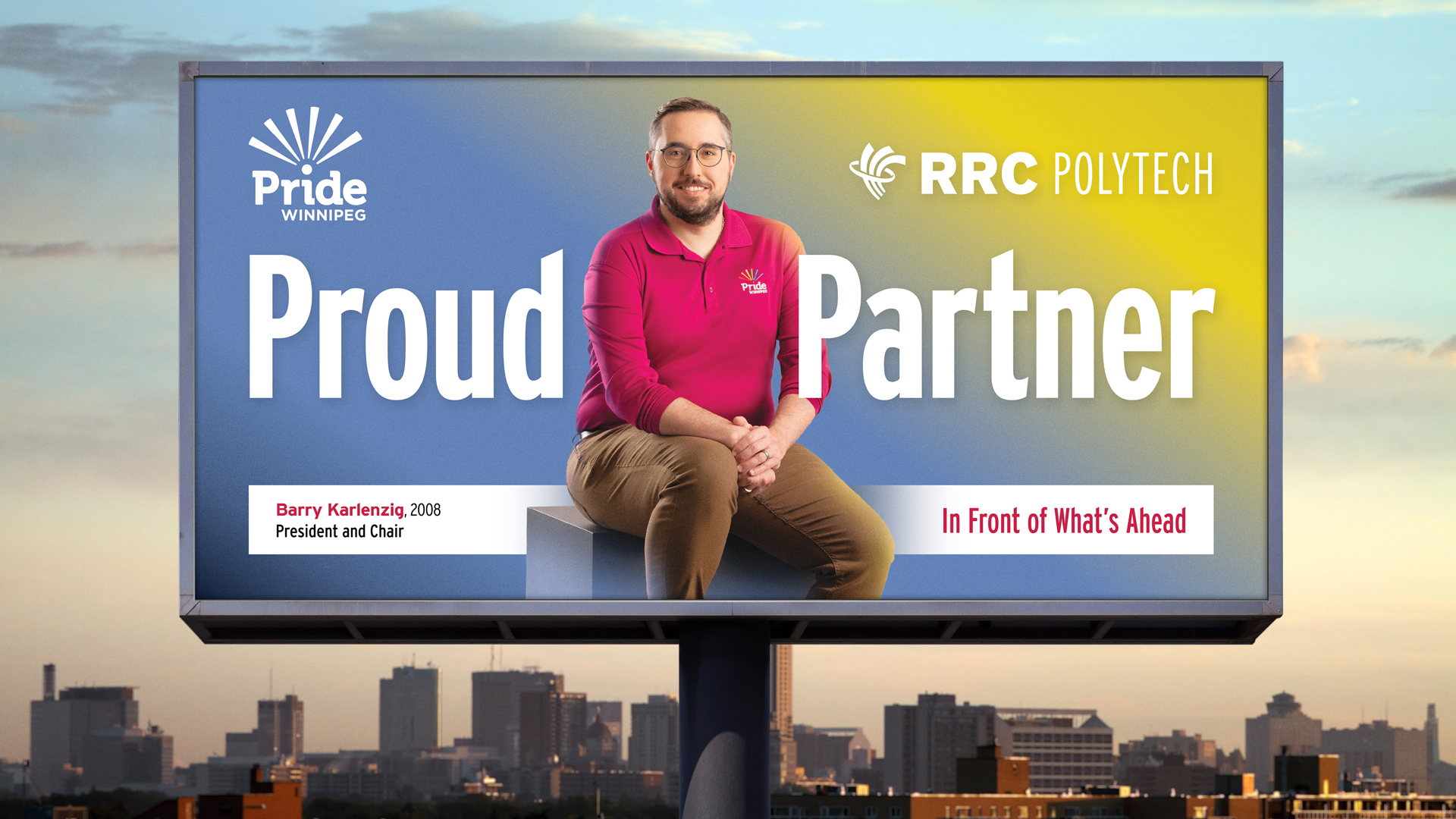Teaching a ‘Taylor-made’ opportunity for Portage la Prairie product
Gavin Taylor is not only “Polytechnic Proud” – he’s Portage la Prairie proud as well.
“Portage la Prairie produces lots of bright, young people who can make a positive impact on this community,” said Taylor, 27, of his hometown.
“Some chase their dreams elsewhere but they can always come back and make this community a great place to live. We need them here.”
You can say as much of Taylor, a 2021 graduate of RRC Polytech’s Business/Technology Teacher Education program.
He’s now in his fourth year as an Applied Commerce Teacher at Portage Collegiate Institute (PCI), where he was once a student.
“I always said I’d take the best job available that suited me. I wanted to be a full-time business teacher. I wanted something rural. I thought it would be somewhere else; it turned out to be Portage.
“My second year, I became the lead business teacher. And the room I inherited was the same room where I studied when I was a student. A lot of the staff were also the same – except now I was calling them by their first name.”
More than 1,100 students attend PCI. As Portage la Prairie’s lone public high school, it reflects all the challenges, opportunities and potential of the city itself.
“Our students are from all walks of life. The demographics are similar to those of Winnipeg’s inner-city schools. We have challenges but there are really great things coming out of our classrooms.”
Taylor teaches a range of business courses for grades nine through 12. The school store plays a big role in the learning. Students order products, take inventory, launch promotions and generally learn how a business operates.
Meanwhile, a venture development course has students seeing their own business ideas to fruition. The course builds up to a tradeshow day in May when students show off their work to the public, including local media.
“We make things as real-world as possible. And whether a student goes on to establish their own enterprise or become an employee, they’re gaining skills that really transcend business.”
Read More →